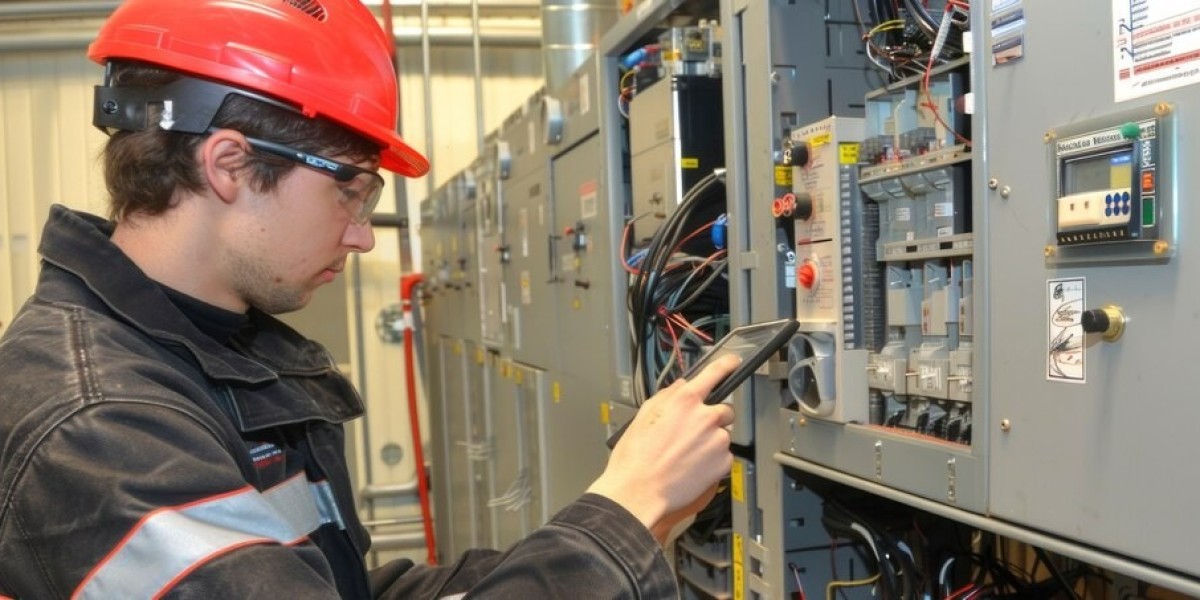Electrical enclosures are designed and manufactured to meet various domestic and international standards which specify requirements for things like material strength, ingress protection, fire resistance, and much more. Ensuring enclosures meet the appropriate standards is crucial to ensuring safety and compliance. Some of the key standards for electrical enclosures include:
- IEC 60079 (Explosive Atmospheres) - Specifies standards for enclosures used in hazardous locations where potentially explosive gases, vapors or dusts may be present.
- NEMA 250 (Enclosure for Electrical Equipment) - Establishes types of construction and tests for indoor and outdoor enclosures in the US and Canada. It specifies protection levels from falling dirt, windblown dust, rain, splashing water, and hose-directed water.
- UL 508A (Industrial Control Panels) - Specifies construction requirements for industrial control panel enclosures and the equipment installed in them. It tests for things like corrosion resistance, hig temperatures, and chemicals.
- CSA C22.2 No. 14 (Industrial Control Equipment) - The Canadian equivalent standard to UL 508A, specifying construction and testing for control panel enclosures.
Proper Material Selection for Applications
The material used to construct them can have a big impact on its durability, chemical and corrosion resistance, fire resistance, and overall lifespan. Common materials include:
- Stainless Steel - Highly corrosion resistant to many chemicals and very durable. Often used for wash-down and marine applications. Provides NEMA 4/IP65 protection as standard.
- Carbon Steel - An economical choice but requires powder coating or other treatment for corrosion resistance. Heavier than aluminum or stainless.
- Aluminum - Lightweight and fair corrosion resistance when properly treated. Lower material cost than stainless. Needs coating for high corrosion applications.
- Fiberglass - Non-conductive, corrosion and chemical resistant. Used for hazardous locations but lacks mechanical durability of metal enclosures.
- Polycarbonate - Clear, impact resistant thermoplastic. Common for control panel view windows but not a durable enclosure material.
The appropriate material must be selected based on the environment, chemicals present, desired lifespan, and any compliance standards. A NEMA 4X fiberglass enclosure would be unsuitable for a harsh, wet industrial application for example.
Protecting Electrical Components from Water, Dust and Chemicals
A key purpose of an Electrical Enclosure is to protect the internal electronic and electrical components from environmental factors like water, dust, chemicals and temperature extremes. This is quantified using Ingress Protection (IP) ratings which specify the enclosure's level of protection:
- IP54 - Protected against dust entry and water splashed from any direction. Suitable for indoor use.
- IP65 - Dust tight and protection from low pressure jetted water. Common outdoor enclosure rating.
- IP66 - Same as IP65 but higher pressure water jet resistant. Used for wash-down areas.
- NEMA 4X - Equivalent to IP66. Also specifies corrosion resistance to chemicals for harsh environments.
Enclosures should provide at least an IP54 or NEMA 12 rating as a minimum for indoor use. While an IP65 enclosure protects against rain, a high pressure wash-down area would require an IP66 or NEMA 4X rating. Failure to use a suitably rated enclosure could damage components over time due to water or chemical intrusion.
Temperature Considerations
Temperatures inside an electrical enclosure can often be significantly higher than the surrounding ambient air temperature due to heat generated by components like variable frequency drives, contactors and power supplies. This additional heat buildup needs to be managed to prevent equipment damage or malfunction. Some factors to consider include:
- Component Temperature Ratings - Electronic devices will specify an operating temperature range which must not be exceeded.
- Convection Cooling - Enclosures should allow adequate natural air flow around components to dissipate heat through convection. Louvered panels, ventilation openings support this.
- Forced Air Cooling - Fans can be installed to actively exhaust warm air if component loads are high. Air conditioners may also be required.
- Sun/Wind Exposure - Outdoor enclosures need protection from direct sunlight to minimize solar heating effects. Wind chilled enclosures can help dissipate heat.
- Ambient Temperature Range - Extremely hot or cold environments may require specialized enclosures, insulation or cooling to maintain safe operating temperatures.
Proper consideration of temperature effects during equipment selection and enclosure design is critical to prevent heat damage lowering reliability and shortening equipment lifespan over time.
Designing for Easy Access, Assembly and Maintenance
Electrical enclosures should be designed for simplicity of assembly, component installation, future access for maintenance or repair work. Some key usability considerations include:
- Door/Cover Options - Hinged, lift-off or split doors provide flexible opening sizes. Magnalock or hasp type latches allow padlocking.
- Mounting Provisions - Includes mounting feet, slots, drilled mounting holes to securely attach enclosure. DIN rail for mounting terminal blocks.
- Wiring Designation - Wire ways, troughs and chase nipples direct field wiring for neatness and safety. Clear designation labelling.
- Component Access - Adequate clearance between components. Removeable internal mounting plates allows service without full disconnects.
- Future Expandability - Consider space for additional I/O points or components that may be added over time.
- Lifting/Handling Aids - Built-in lifting eyes, fork pockets if heavy equipment requires mechanical support.
Careful attention to these enclosure design factors ensures assembly, commissioning and any future work can be done quickly, safely and cost-effectively with minimum disruption.
Electrical enclosures provide vital protection for equipment from environmental threats while allowing safe accessibility. Properly selecting enclosure materials, ensuring appropriate ingress protection ratings, managing temperatures and designing for effective assembly and service greatly enhances equipment reliability, safety and lifespan. Following relevant compliance standards also ensures code-compliance. With the right enclosure for an application, electrical and control systems are safeguarded to deliver dependable long-term performance.
Get More Insights on- Electrical Enclosure
For Deeper Insights, Find the Report in the Language that You want:
About Author:
Alice Mutum is a seasoned senior content editor at Coherent Market Insights, leveraging extensive expertise gained from her previous role as a content writer. With seven years in content development, Alice masterfully employs SEO best practices and cutting-edge digital marketing strategies to craft high-ranking, impactful content. As an editor, she meticulously ensures flawless grammar and punctuation, precise data accuracy, and perfect alignment with audience needs in every research report. Alice's dedication to excellence and her strategic approach to content make her an invaluable asset in the world of market insights.
(LinkedIn: www.linkedin.com/in/alice-mutum-3b247b137 )



